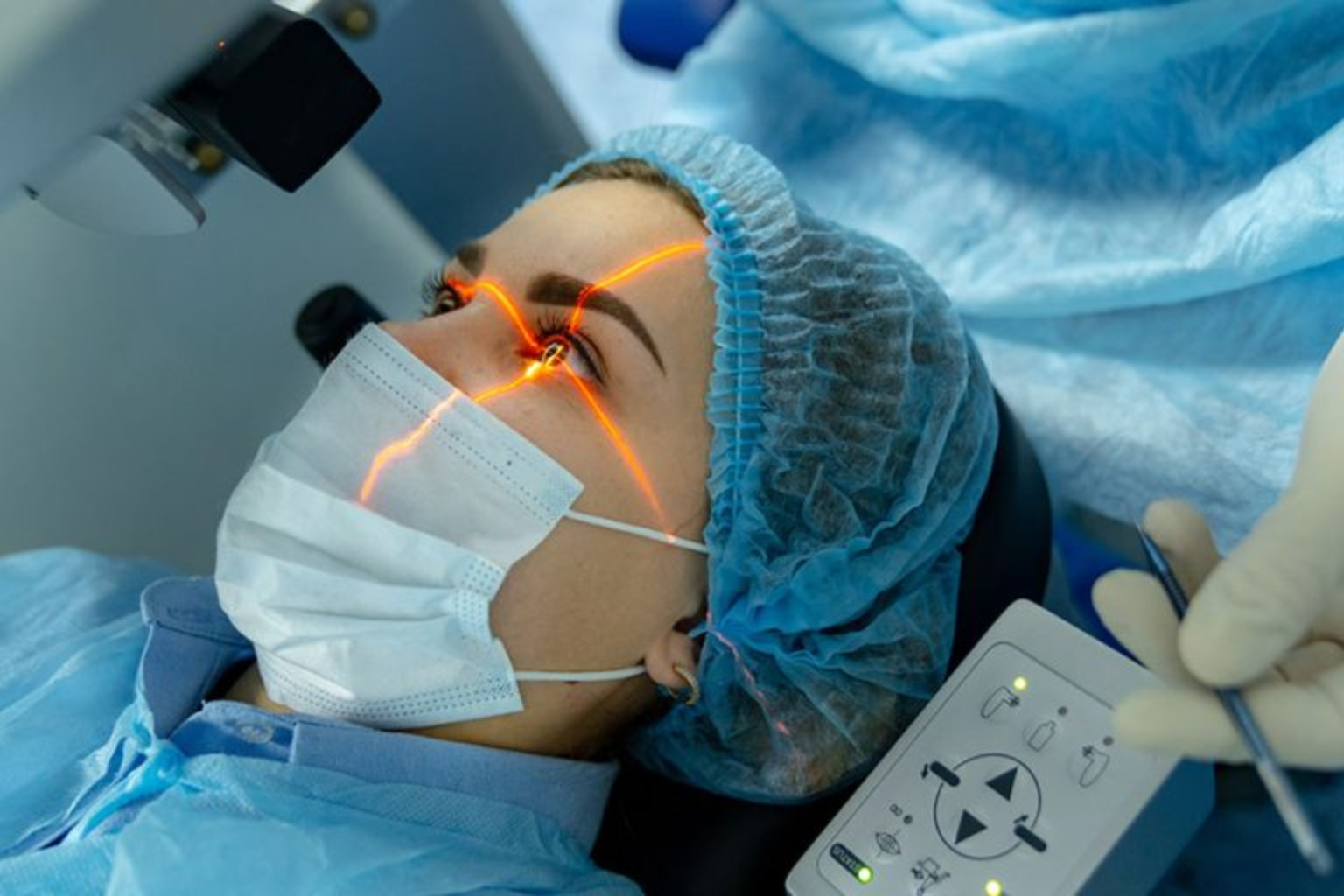For millions of people who rely on glasses or contact lenses, LASIK eye surgery offers a life-changing solution. This laser-assisted procedure corrects refractive vision problems, allowing patients to enjoy clearer vision without the daily dependence on corrective lenses. With its high success rate, quick recovery, and minimally invasive technique, LASIK has become one of the most popular eye surgeries worldwide.
What is LASIK Eye Surgery?
LASIK (Laser-Assisted In Situ Keratomileusis) is a medical procedure designed to reshape the cornea, enabling light to focus correctly on the retina. By correcting common vision problems such as nearsightedness (myopia), farsightedness (hyperopia), and astigmatism, LASIK provides long-term visual improvement. The surgery is typically performed on an outpatient basis and uses numbing eye drops to ensure comfort during the procedure.
How LASIK Surgery Works
During LASIK eye surgery, the surgeon first creates a thin flap on the cornea using a microkeratome or femtosecond laser. The flap is lifted, and an excimer laser reshapes the underlying corneal tissue according to the patient’s prescription. Once the cornea is properly reshaped, the flap is repositioned, acting as a natural bandage that promotes rapid healing. Most patients notice a significant improvement in vision within 24 to 48 hours, with minimal discomfort and a fast return to daily activities.
Benefits of LASIK Eye Surgery
LASIK offers numerous advantages for patients seeking a permanent solution to vision problems. The most obvious benefit is the reduced or complete elimination of the need for glasses or contact lenses. The procedure is quick, minimally invasive, and highly effective, with millions of patients achieving 20/25 vision or better. Recovery is fast, and patients often experience only mild temporary side effects such as dry eyes or light sensitivity. Additionally, LASIK provides long-term vision correction, improving overall quality of life.
Who Should Consider LASIK
While LASIK is suitable for many individuals, candidates should meet certain criteria. Ideal candidates are over 18 years old, have stable vision, and are free from serious eye conditions such as cataracts, glaucoma, or severe dry eye. A thorough eye examination is essential to assess corneal thickness, determine prescription stability, and identify any factors that could affect the outcome. Consulting with a qualified ophthalmologist ensures a personalized approach and optimal results.
Risks and Considerations
Like any surgical procedure, LASIK eye surgery carries some risks, although serious complications are rare. Temporary side effects may include dry eyes, glare, halos, or fluctuating vision, which usually resolve within a few weeks or months. Following post-operative care instructions and attending follow-up appointments is essential to monitor healing and achieve the best possible results.
Conclusion
LASIK eye surgery is a revolutionary option for anyone looking to improve vision and reduce dependence on glasses or contact lenses. With its proven safety, high success rate, and rapid recovery, LASIK offers a practical and effective solution for refractive vision problems. By consulting with an experienced ophthalmologist and understanding candidacy requirements, patients can take the first step toward clearer vision and a more convenient, glasses-free life.

